Good Government Is Not Good Enough When Managing Choice in the Real World
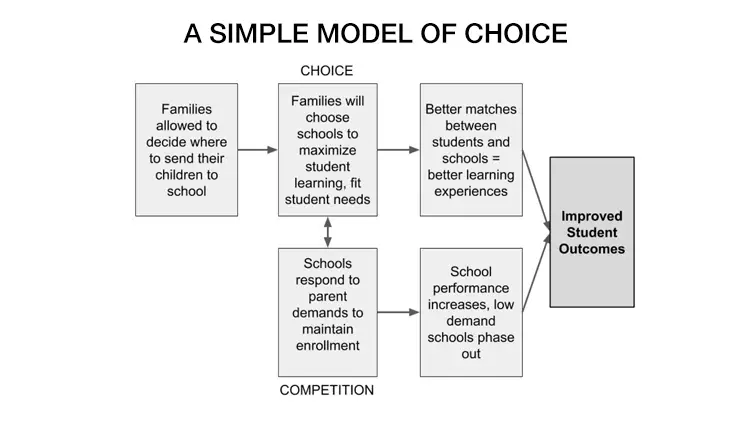
The portents of market failure—things like inadequate information and a lack of competition—are everywhere in public education. So, when it comes to school choice, government has an important role to play: reducing information asymmetries, bolstering accountability, and ensuring fairness. But the market for schooling also needs bottom-up, community action if it’s going to work for […]
In a Changing Rural America, What Can Charter Schools Offer?
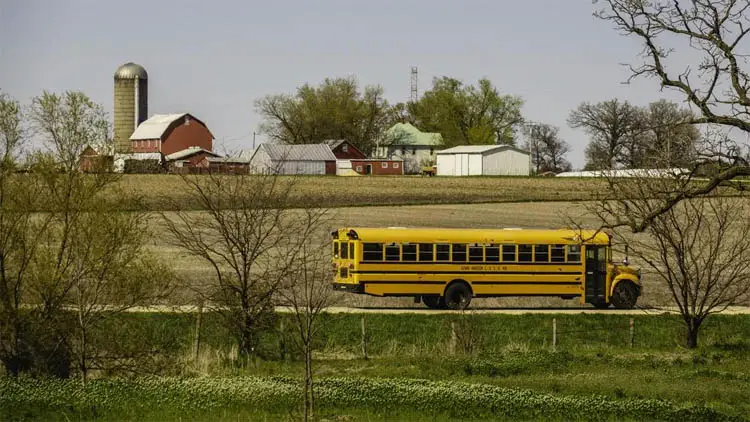
Rural America is not your grandparents’ heartland. Its population is getting older: 21 of the 25 oldest counties in the United States are rural. It’s no longer overwhelmingly white: One in five rural residents is a person of color, and more than four of five new rural residents are people of color. Rural areas are […]
Increasing the Demand for High-Quality Schools in Cleveland
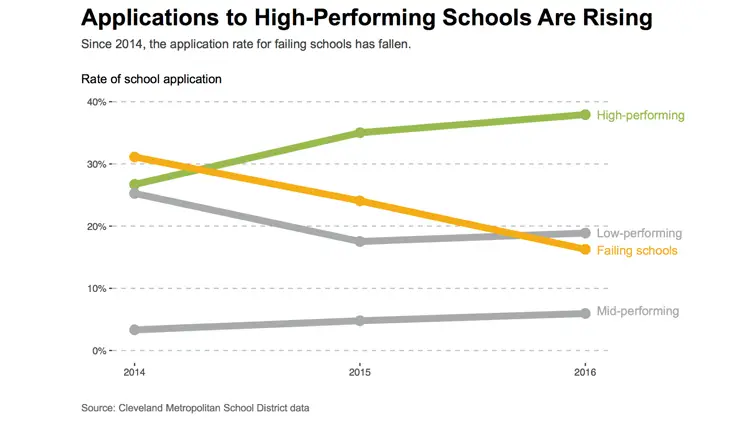
With the election of President Donald Trump and the appointment of Secretary of Education Betsy DeVos, it may seem like school choice is having its day, poised to gain momentum. But ask any educator or community leader in a city with lots of school choice already, and they’ll tell you choice alone isn’t enough. Instead […]
Personalized Learning Will Live or Die on Ability to Manage Change
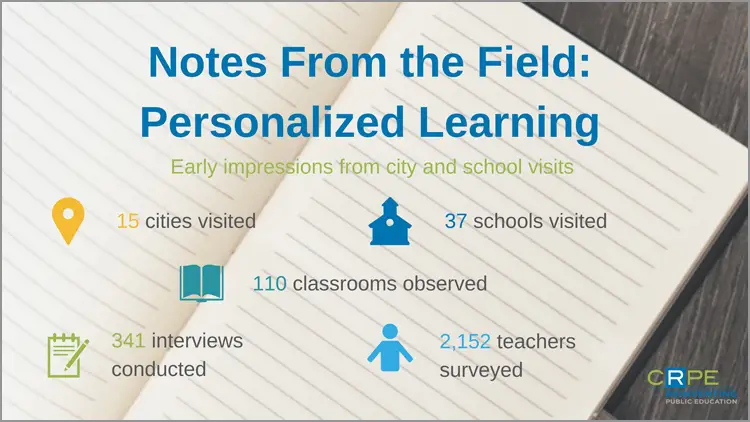
This is the ninth installment in our series of “Notes From the Field” on personalized learning. Even the best thinking on redesigning schools to personalize learning will be for naught if school and district design teams can’t lead and manage the change process that a move to PL entails. In schools, that process means getting […]
Teachers Don’t Need to Go It Alone on Personalized Learning

This is the eighth installment in our series of “Notes From the Field” on personalized learning. When we first visited schools in spring 2016 for this project, teachers seemed to be taking on an unsustainably heavy lift as they transitioned to personalizing student learning (PL). Teachers were often rewriting units and lessons from scratch, with […]
District and Charter Leaders Talk Collaboration…In a Fishbowl
It’s common knowledge that school districts and charter schools rarely collaborate. At best, they are like oil and water and at worst, like cats and dogs. This is too bad: districts and charter schools share a deep commitment to educating children well, and they work in the same neighborhoods and serve the same families. Last […]
Time to Help Teachers Generate and Use Their Own Evidence on Digital Tools

This is the seventh installment in our series of “Notes From the Field” on personalized learning. “There are so many digital resources out there, I am lost as to which ones are good.I usually try things that some of the more technology-knowledgeable people I teach with [use].”From “Teachers Know Best,” Bill & Melinda Gates Foundation, […]
Are We Personalizing Learning for the Students Who Need It Most?

This is the sixth installment in our series of “Notes From the Field” on personalized learning. The theory behind personalized learning (PL)—crafting an individualized education experience for each student—holds tremendous potential for better serving all students, especially students who don’t fit the norm. But too often teachers in PL classrooms are simply substituting one-size-fits-all direct […]
Starting With the “Why” in Personalized Learning

This is the fifth installment in our series of “Notes From the Field” on personalized learning. Last spring, on our first visit to 35 schools committed to personalized learning, teachers often told us they weren’t sure what they were supposed to be doing to personalize learning. Revisiting the same schools this fall, we realized a more fundamental […]
Dear States: Don’t forget about us. Love, the 95% of your schools not slated for turnaround.
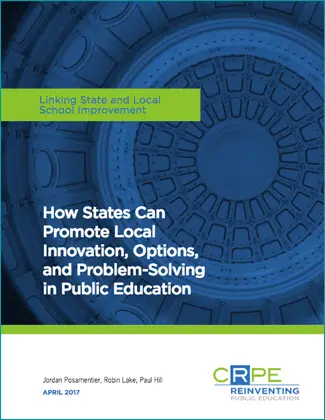
As states unfurl their Every Student Succeeds Act (ESSA) plans, we’ve been hearing a common dialog from state education leaders—promising on the one hand, troubling on the other. PromisingState leaders are taking seriously the mandate to retool their statewide accountability systems, especially with regard to addressing the bottom 5 percent of schools. States are figuring […]
